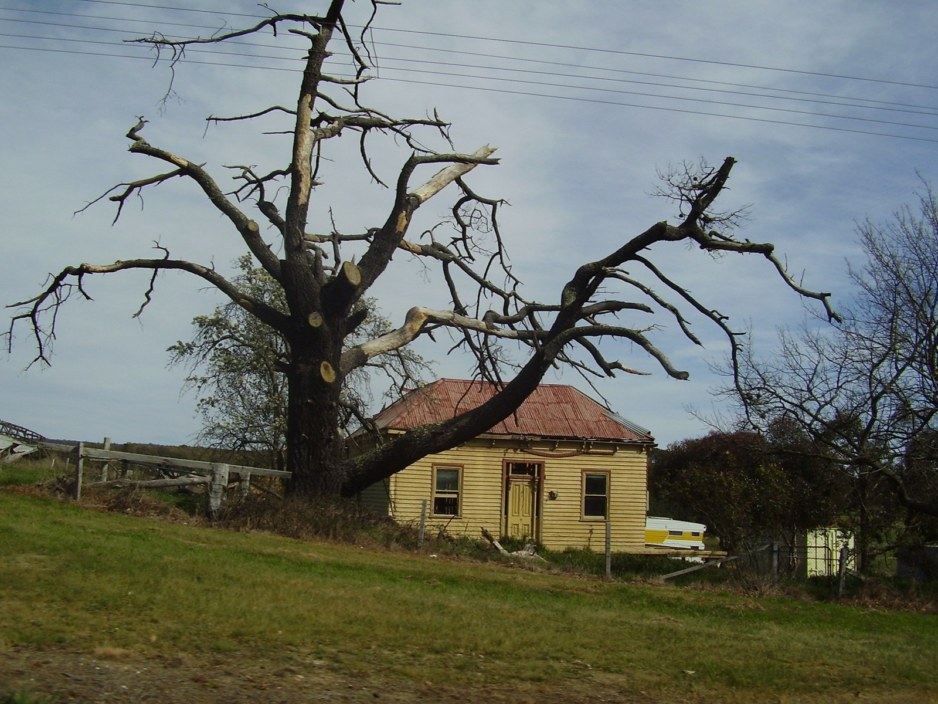If a Neighbor’s Tree Falls on My House – Who’s Responsible?
If a Neighbor’s Tree Falls on My House – Who’s Responsible?
Over the past couple of years, we have seen an increasing number of old-growth trees being toppled in severe storms. Homes, cars, fences, and other property have been crushed. In one recent case, just a few blocks from my home, the resident was killed.
We are getting an increasing number of inquiries from our clients about who is responsible for the property damage (or death or injury to persons) from falling trees and limbs. Perhaps the increase in these severe weather events causing these incidents can be attributed to climate change. I am not a climate scientist, and this column is not the place for that debate. Most of these cases involve old-growth trees that have reached the end of their expected life span, but there was nothing to indicate the tree was at risk of toppling. In other cases, it involves trees that were leaning, showed evidence of root decay or another tree disease. I recently had a large tree removed from my home at the advice of an arborist. When the tree was cut down, we discovered that carpenter bees had created a cavity in the trunk about twelve inches in diameter from the ground up. During a severe “downburst” storm last fall, another large, healthy tree in my back yard was literally snapped like a twig at a point about six feet above ground, where the trunk was about fourteen inches in diameter. It fell on my neighbor’s fence, barely missing their house.
The question is whether a property owner is liable for damage caused by a tree falling from his/her property onto adjacent property.
The North Carolina General Statutes provide no guidance, so we must look to appellate case court law, and there is a dearth of judicial opinions on this issue. The leading case on the issue is Rowe v. McGee from 1969. In that case, the court confirmed that where a landowner essentially knows that a tree on his property is in a dangerous condition which makes it possible or likely for the tree to fall and cause property damage or personal injury, he has a duty to eliminate the danger (by trimming or removing the tree). This rule applies to individual lot owners, as well as HOAs with trees on common areas that might pose a threat to adjoining property.
In a 2018 article, NC State Extension Professor Robert Branan wrote:
“Under negligence theory, the landowner is under a duty to eliminate a reasonably foreseeable danger a tree may pose to adjoining property. Various facts point to the issue of foreseeability, including but not limited to whether a tree is dead or visibly dying, whether it leans prominently toward the adjacent tract, whether limbs of the tree have extended far across the property line, whether the limbs extend over where cars are parked or other structures, or the tree-owner cut through a large anchoring root of the tree. If these or similar facts are produced, the trier of fact (judge or jury) may find that the owner of the tree could have foreseen that it was a matter of time before the fell. Whether the direction a dead tree would fall was itself predictable may be irrelevant. Also, while normally “acts of god” events – e.g., hurricanes – do not themselves assign liability, the effects of violent wind and heavy rain on an ailing tree and its root-hold could be viewed as something foreseeable. If the trier-of-fact (judge or jury) finds that a reasonable person would have known of these facts about a tree, it could find that the owner acted unreasonably in waiting for the tree to cause damage, and could, therefore, assign the owner liability for the damage and removal.”
In general, property owners are not responsible for damage caused to others by “acts of God” – in this discussion, meaning the toppling of trees that showed no evidence of rot, disease, or leaning toward adjacent property. However, if Property Owner #1 provides notice to the Property Owner #2 of a perceived threat from a tree located on Property Owner #2’s lot, and the tree is in fact diseased, leaning or otherwise likely to fall, Property Owner #2 likely has a legal duty to eliminate the risk of damage, or face possible liability for the resulting damage if the tree (or limbs) fall on Property Owner #1’s property.
If you or your HOA has trees located close to property boundaries that may pose a threat to adjoining property, you would be well-advised to have a professional arborist inspect them and provide a written opinion on whether the trees are healthy, or if they pose a threat to adjoining property.
Original article can be found at https://www.offitkurman.com/blog/2020/07/15/association-answers-if-a-neighbors-tree-falls-on-my-house-whos-responsible/
Mike Hunter
